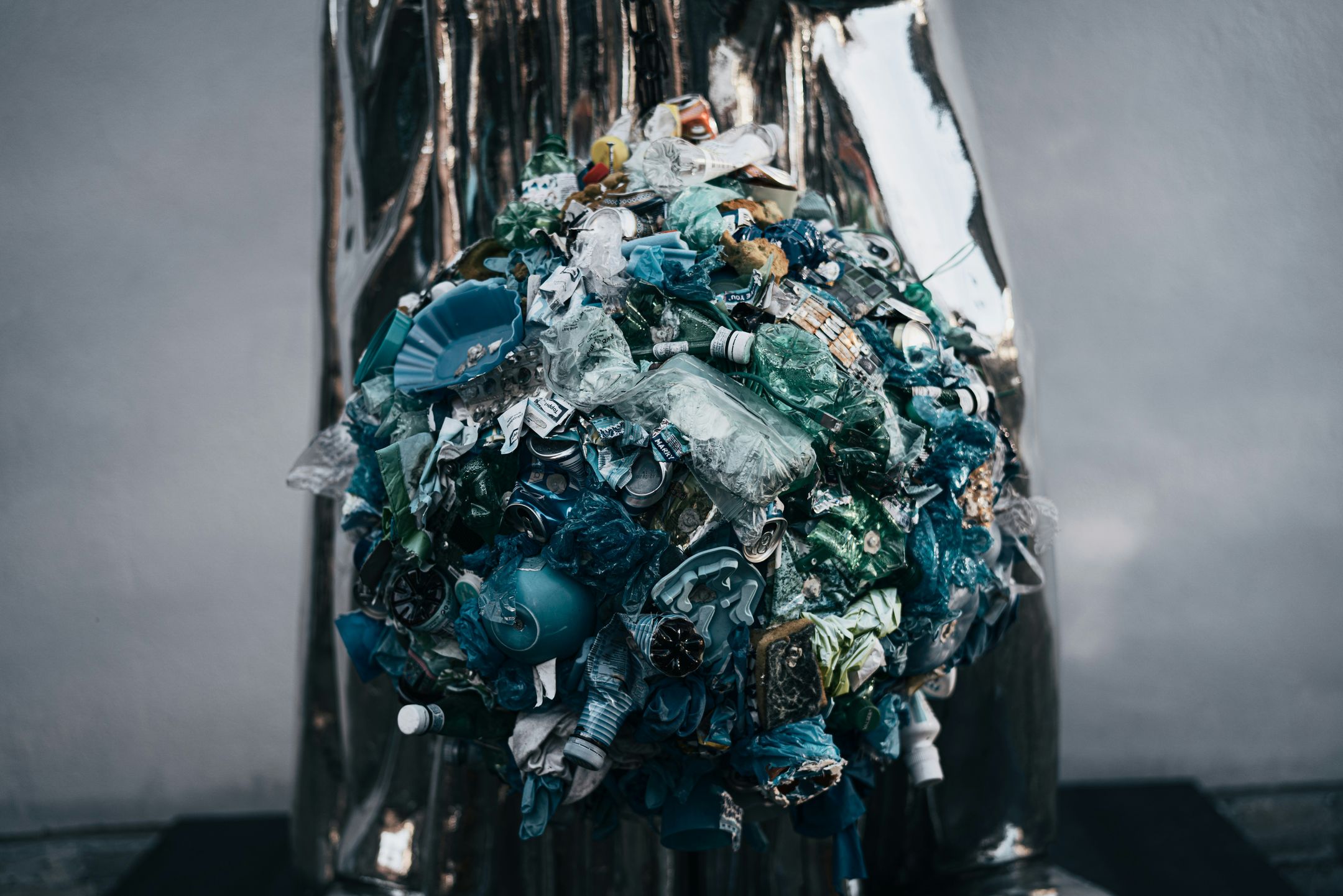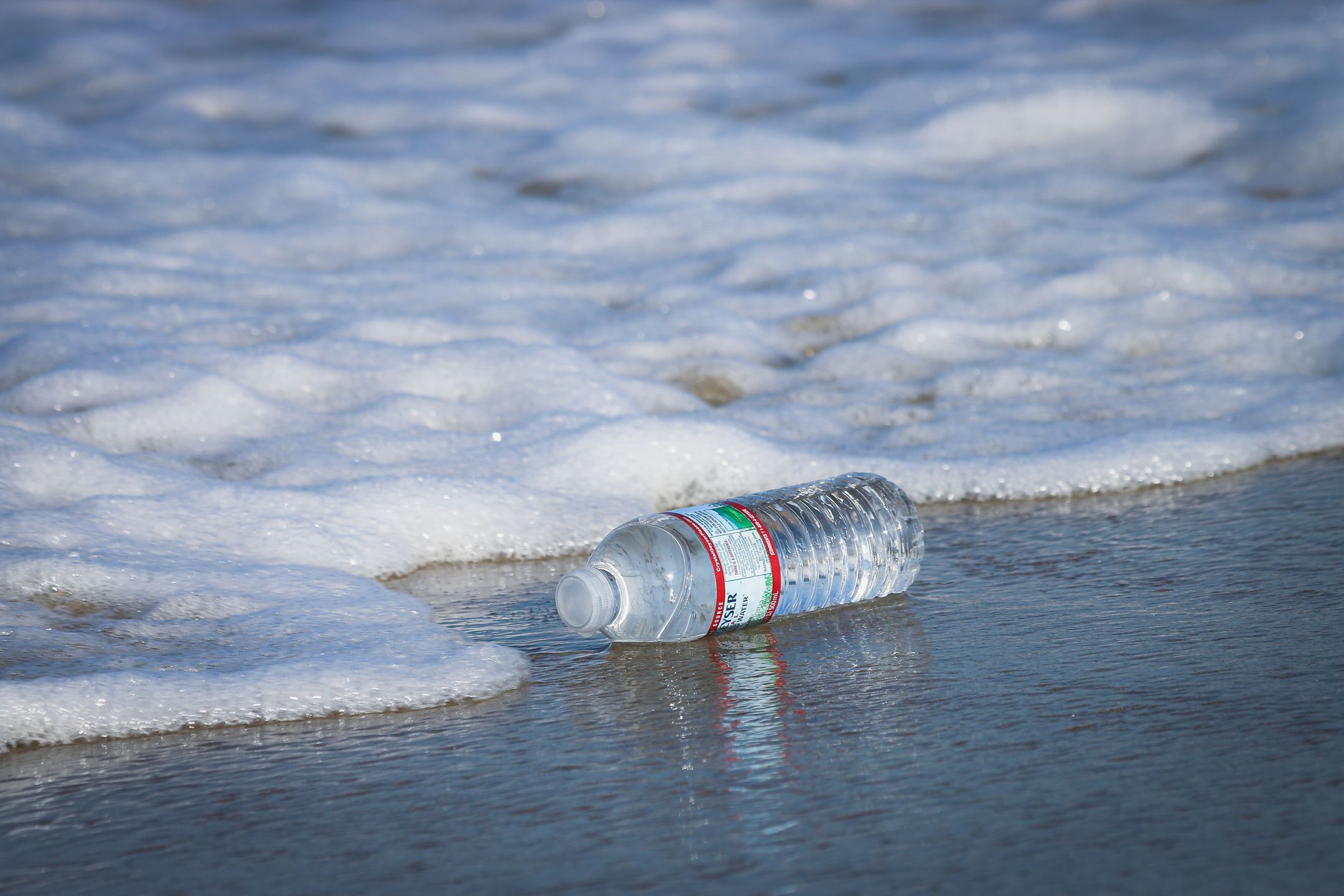
What Are Recycled Water Bottles Used For?
Introduction:
In a world increasingly aware of environmental impact, the journey of a plastic bottle, or more specifically, Bottle Grade Polyester Chips, doesn't end when the last drop is consumed. In this exploration, we unveil the secrets behind the creation and recycling of bottled water containers. Let's delve into the very composition of these bottles and discover their sustainable future.
What is the plastic bottle made of?
Bottled water containers primarily consist of a plastic known as Polyethylene Terephthalate (PET). PET is favored for its transparency, lightweight nature, and recyclability. Understanding the material is crucial as it plays a pivotal role in determining the bottle's lifecycle. Polyethylene Terephthalate (PET) is a versatile polyester material renowned for transparency, lightweight properties, and resistance to environmental factors. Commonly used in bottles for water, sodas, and juices, PET's acid-resistant and cold-resistant attributes make it ideal for maintaining beverage freshness and fizz. Its widespread application includes diverse consumer goods like soft drink bottles and salad dressing containers. PET's safety is underscored by its use in BPA-free Tritan plastic water bottles. The production process involves reacting petroleum hydrocarbons, creating a thermoplastic polymer adaptable to various shapes and sizes. Despite its benefits, PET isn't suitable for hot beverages, and thorough post-manufacturing tests ensure safety and quality.
How are plastic bottles made?
The manufacturing process of bottled water containers involves shaping PET into the familiar form we recognize on store shelves. The raw material, in the form of small pellets known as Bottle-Grade Polyester Chips, is heated and molded into the desired shape. This process, known as blow molding, gives the bottles their distinctive structure. The manufacturing process starts with preparing raw materials, transforming petrochemicals into plastic pellets. These pellets are melted and extruded into long tubes, cut into preforms, and then injection molded into the bottle's shape. The next step is blow molding, where compressed air inflates the preform into the final bottle shape, ensuring even and uniform walls. The bottles undergo inspection and quality assurance to meet safety standards, followed by labeling with product information. Plastic bottles undergo various molding processes to achieve their final form. Injection Blow Molding is widely used for high-quality finishes, involving injection molding a preform and then blow molding it into the bottle's shape. Extrusion Blow Molding, suitable for thin-walled and large-capacity bottles, extrudes a parison, inflates it into a preform, and then blow molds it. Stretch Blow Molding, common for carbonated drinks, involves stretching a molten plastic preform into the bottle's shape using heat and pressure. In the Reheat and Blow Molding process, injection molding of plastic pellets produces parisons that are later heated, blown, and stretched into bottles. The continuous manufacturing process involves cooling the mold quickly to set the component. Extrusion Blow Molding integrates parison formation and blow molding in a single continuous process, while Reciprocating Blow Molding uses linear screw movement to accumulate and form parisons.
Which part of recycled bottled containers is mainly recycled?
When it comes to recycling bottled water containers, the main focus is on the PET material. The bottle is carefully broken down, and the PET is separated from labels, caps, and any remaining liquid. This meticulous sorting is essential for ensuring a high-quality recycled product.
The method of recycling mineral water bottles
Recycling mineral water bottles is a multi-step process. Once collected, the bottles undergo cleaning and shredding to transform them into small PET flakes. These flakes then go through a purification process, removing impurities and preparing them for the next phase. The refined PET flakes can be used to produce a variety of items, not limited to just new bottles.
What are they used for after recycling?
Recycled PET finds a second life in a myriad of products. While some may be surprised, recycled PET is not exclusively transformed back into beverage containers. Instead, it takes on versatile roles, including the creation of clothing, carpets, packaging materials, and even fiberfill for jackets and sleeping bags. This versatility demonstrates the circular nature of recycling, where one bottle can contribute to various sustainable solutions. Indeed, packaging accounts for approximately 80% of the total usage of PET plastic. Shampoo, toiletry, and detergent bottles made entirely from recycled plastics demonstrate material versatility, with some brands introducing zero waste options. Recycling extends to household items like cups, plates, and grocery bags, contributing to reduced single-use plastic waste. Unexpected products such as yoga mats, pens, and diapers embrace recycled plastic, while fashion items like shoes and clothing explore sustainable alternatives. The trend expands to traffic cones, building materials, and beyond, showcasing recycled plastic's durability and versatility, fostering a more sustainable future.
Conclusion:
In conclusion, the journey of a bottled water container is far from linear. From its origins in the hands of consumers to the recycling facilities, these containers undergo a transformation that contributes to a more sustainable future. At Wankai PET Plastic Supplier, we believe in the power of responsible manufacturing. As a leading Bottle-Grade Polyester Chips manufacturer, we take pride in providing high-quality raw materials that play a crucial role in the lifecycle of recycled water bottles. Our commitment extends beyond production – it's about shaping a greener tomorrow, one bottle at a time. Join us in this journey towards a more sustainable future.


